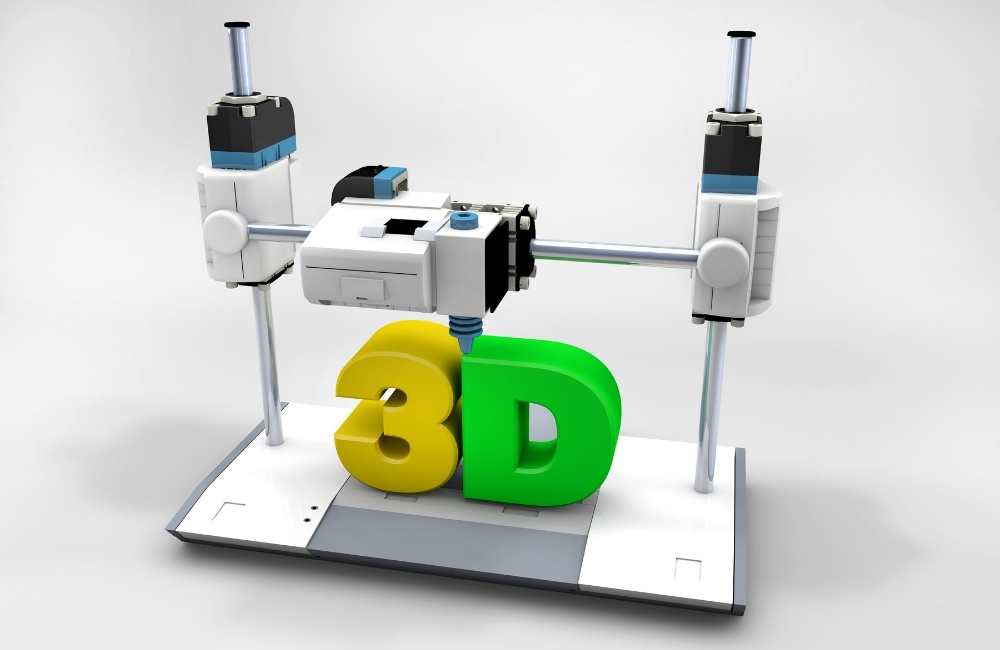| SLA 3D Printer: Unlocking Precision and Detail in Additive Manufacturing |
|
|
|
อ้างอิง
อ่าน 43 ครั้ง / ตอบ 0 ครั้ง
|

table
|
SLA 3D Printer: Unlocking Precision and Detail in Additive Manufacturing
Stereolithography (SLA) 3D printing is one of the oldest and most popular forms of additive manufacturing, known for its high precision, fine detail, and ability to produce intricate parts with smooth surface finishes. SLA 3D printers use light to solidify liquid resin layer by layer, making them ideal for industries requiring highly accurate models and prototypes, such as jewelry, dentistry, and engineering.
Key Benefits of SLA 3D Printing
SLA 3D printing is renowned for its precision and versatility. Some of the primary advantages include:
High Precision and Fine Detail

SLA printers can produce incredibly detailed models with layer resolutions as fine as 25 microns (0.025 mm). This makes them ideal for creating intricate designs, such as dental molds, jewelry, and small mechanical parts that require fine details and smooth surfaces.
Smooth Surface Finish
The liquid resin used in SLA printing results in models with smoother finishes than FDM or SLS printed parts. This is especially beneficial for applications where surface appearance is critical, like prototypes for product design or visual models.
Complex Geometries
SLA printing excels at producing intricate, complex geometries that may be challenging to achieve with traditional manufacturing methods. The laser or UV light selectively cures the resin, enabling the creation of complex internal cavities, overhangs, and fine details without the need for support structures in many cases.
Prototyping and Low-Volume Production
SLA is highly suited for rapid prototyping, where designers need accurate models that can be produced quickly and cost-effectively. It's also used for low-volume production runs, particularly for industries like medical devices, jewelry, and consumer electronics.
|
| |
table [172.69.166.xxx] เมื่อ 12/11/2024 23:02
|

